Mega-dealers taking over the world: David Zwirner plans a new $50m art gallery
The art dealer is planning a five-storey gallery in New York City, designed by Renzo Piano, that is due to open in 2020
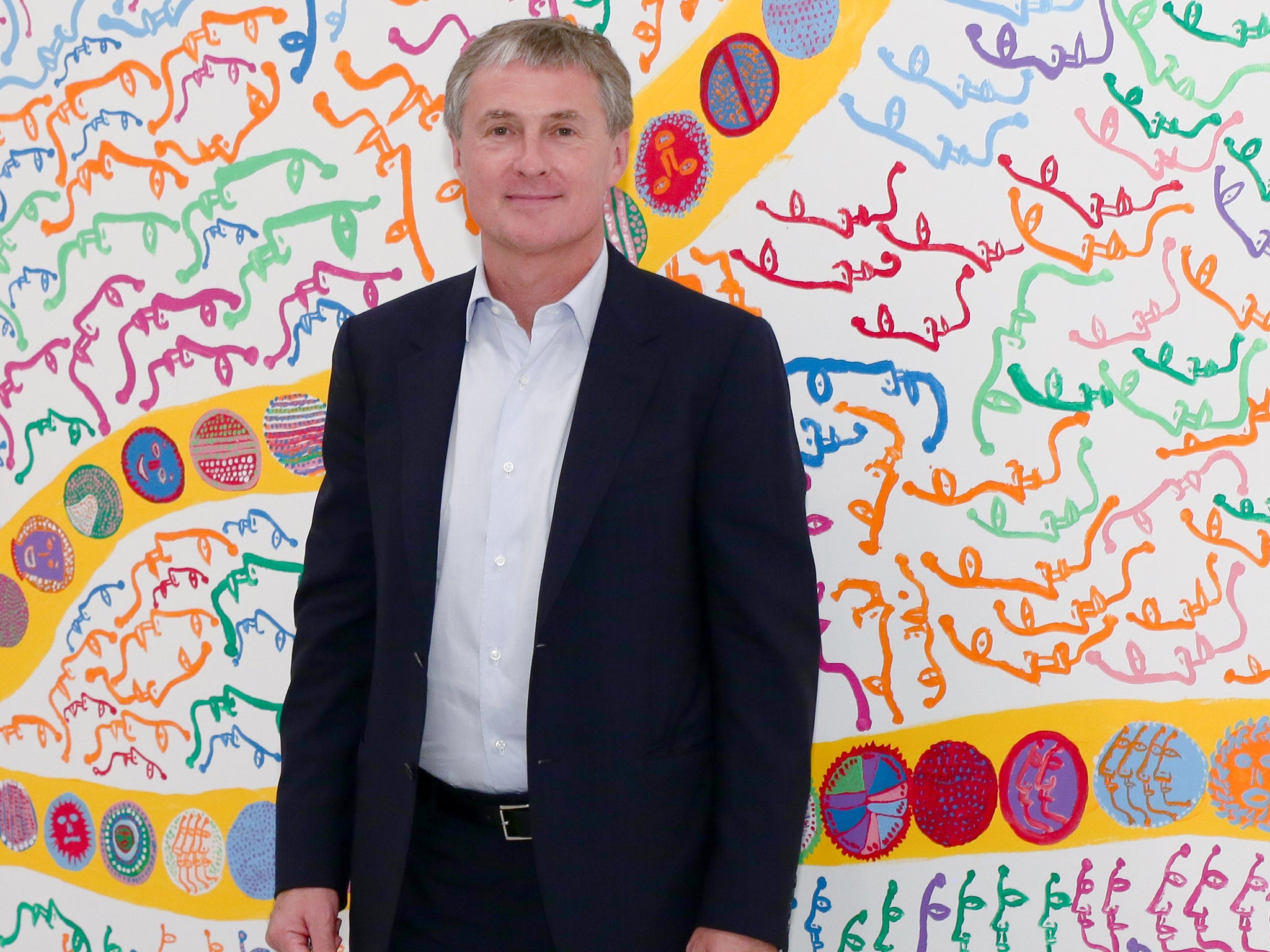
Your support helps us to tell the story
From reproductive rights to climate change to Big Tech, The Independent is on the ground when the story is developing. Whether it's investigating the financials of Elon Musk's pro-Trump PAC or producing our latest documentary, 'The A Word', which shines a light on the American women fighting for reproductive rights, we know how important it is to parse out the facts from the messaging.
At such a critical moment in US history, we need reporters on the ground. Your donation allows us to keep sending journalists to speak to both sides of the story.
The Independent is trusted by Americans across the entire political spectrum. And unlike many other quality news outlets, we choose not to lock Americans out of our reporting and analysis with paywalls. We believe quality journalism should be available to everyone, paid for by those who can afford it.
Your support makes all the difference.On a cold weekday afternoon on an upper floor of one of his Chelsea galleries, the art dealer David Zwirner points out the window at a corner lot on West 21st Street that is under demolition.
That, Zwirner says, is the site of what in the autumn of 2020 will become the new heart of his New York operation: a five-storey, $50m gallery designed by Renzo Piano.
Zwirner is announcing this plan for the future even as he is looking at the past – with a 25th-anniversary exhibition featuring the artists who have shaped the gallery’s programme since its founding. He is also celebrating the present with the inauguration this month of his first Asia gallery in Central Hong Kong.
“As fortune favours the brave, we are looking back exactly when we’re opening in Hong Kong and looking forward,” Zwirner says.
At a time when many small and midsize galleries are being priced out of the business because of the costs of prime real estate and proliferating art fairs, Zwirner’s expansion is bound to elicit grousing about mega-dealers taking over the world.
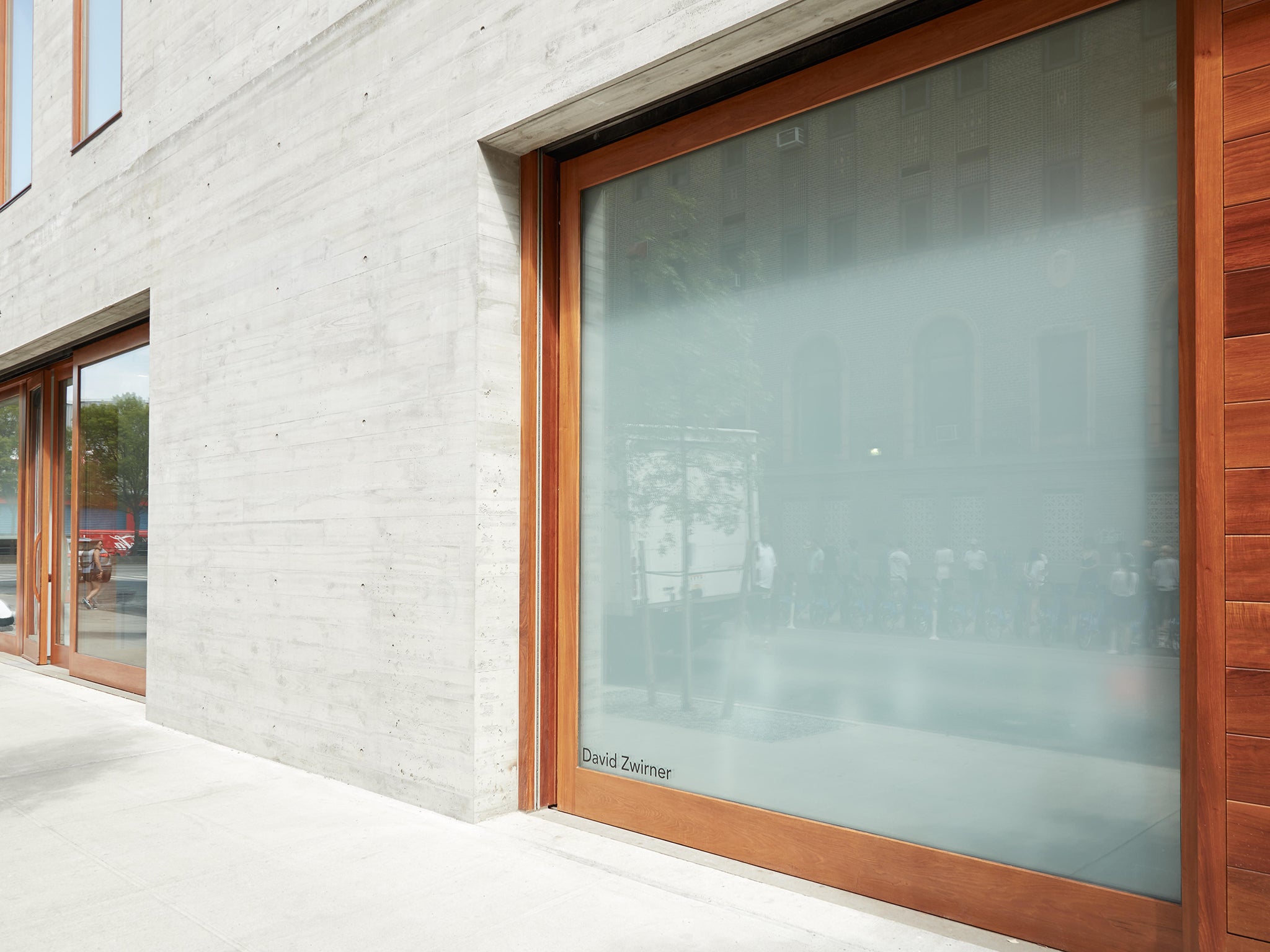
To be sure, watching Zwirner gaze out at the property that will soon give him a third gallery in Chelsea, his fourth in New York City and seventh in the world inevitably conjures a general surveying his spreading empire (an image helped by what The New Yorker once described as his “Caesar haircut”).
But though the tall, clean-cut Zwirner, 53, has established himself as an ambitious entrepreneur – second only to Larry Gagosian’s operation in size and prestige – he has also made clear that he is a savvy businessman. His gallery brings in well over half a billion dollars a year with 165 employees, including many who have worked for him for years, and a growing stable of over 50 artists and estates.
Some in the often-backbiting art world undoubtedly resent his success, particularly since he has managed to draw some artists and estates from other galleries. Among Zwirner’s recent conquests are the artists William Eggleston and Felix Gonzalez-Torres (whom he shares with Andrea Rosen), as well as the Josef and Anni Albers Foundation. Yet even many of Zwirner’s competitors also concede that they like and respect him.
“He’s managed to do it with quality and style,” the longtime dealer Robert Mnuchin says. “That’s hard to do sometimes when you’re aggressive.”
Zwirner says he is aware of the pitfalls of overexpansion. As a result, when he opens the new gallery, he is likely to close his West 19th Street location, a rented space. He will keep his other Chelsea gallery, on West 20th Street, but “the centre of gravity will move over to 21st Street,” he says. (He will also keep his gallery on the Upper East Side.)
“I feel very acutely that there is a too-much that’s possible,” Zwirner says. “You water down what you do.”
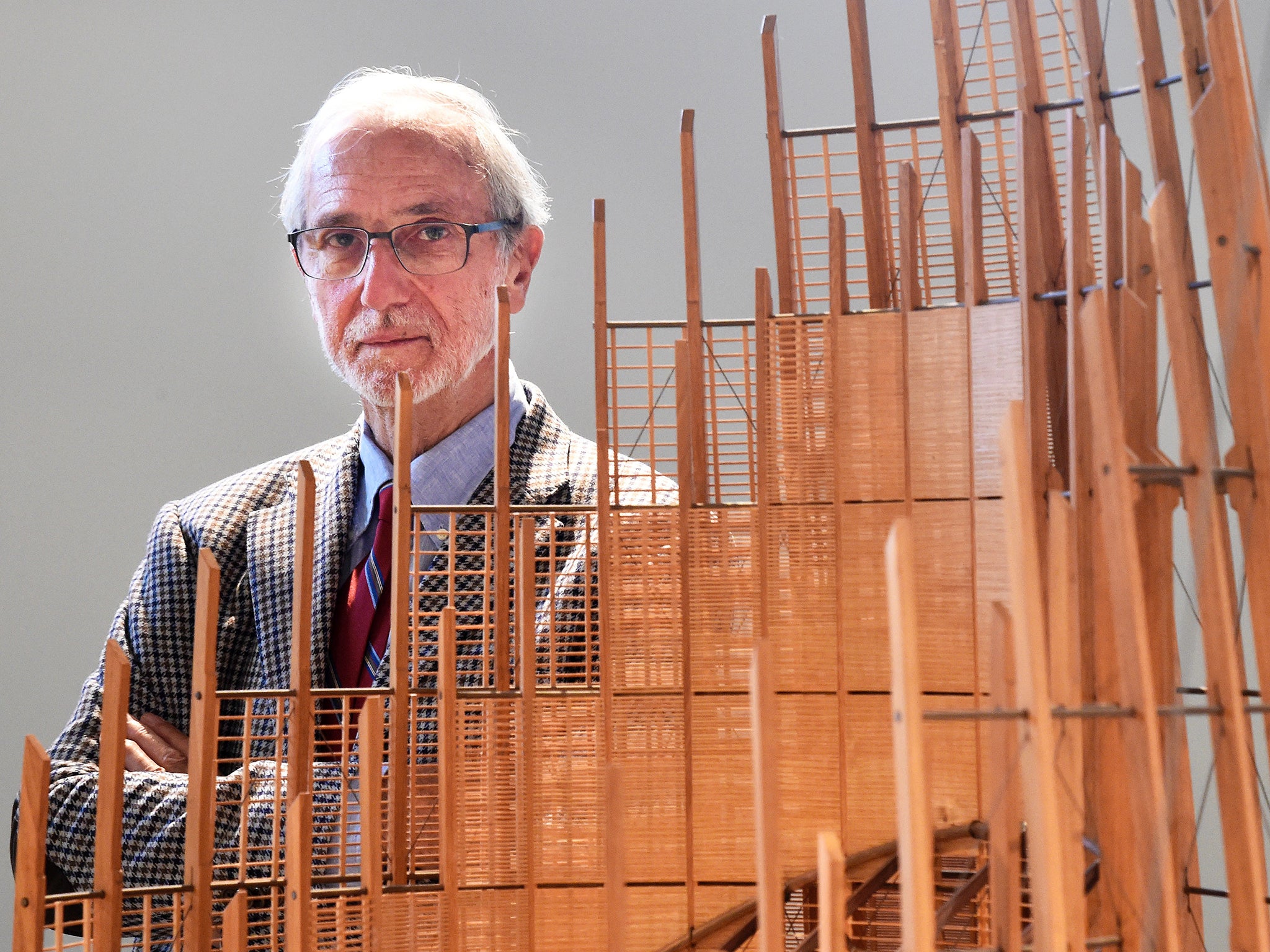
At the same time, he says he is conscious of trying to achieve that elusive balance of any big dealer these days: being attentive to the artists – with personal contact and regular communication – as well as ambitious for them, placing their work with leading museums and top collectors (who won’t just turn around and try to sell it for profit) and providing international exposure.
“Artists want you to stay small; they hate when stuff changes,” says Zwirner, who was born in Cologne, Germany, and speaks with a slight accent. “How do you keep it intimate while being able to compete in the increasingly competitive art market?
“On the other hand, if you don’t move, some artists will feel you’re not doing enough for their careers,” he continues. “They want to have intimacy, but they also want to have the reach.”
Lisa Yuskavage, who joined the gallery in 2006, said that she was at first “surprised and disappointed” when Zwirner said her primary contact person would be one of his directors – Hanna Schouwink – rather than Zwirner himself. But she found Schouwink to be “nurturing and competent”.
“I call him the Wizard of Oz,” Yuskavage says. “He does have all of these people running Oz.”
For prominent artists and estates like those in Zwirner’s fold – Dan Flavin, Donald Judd – that means having a presence in the most important art centres, which increasingly includes Asia. And it also means having the most impressive headquarters in New York, which is what Zwirner seems to be going for with his new building by Piano – the architect’s first commercial gallery.
“It will upgrade the quality of my spaces, and that is something attractive for all these people that I need in my life – the artists and the people who work here,” Zwirner says.
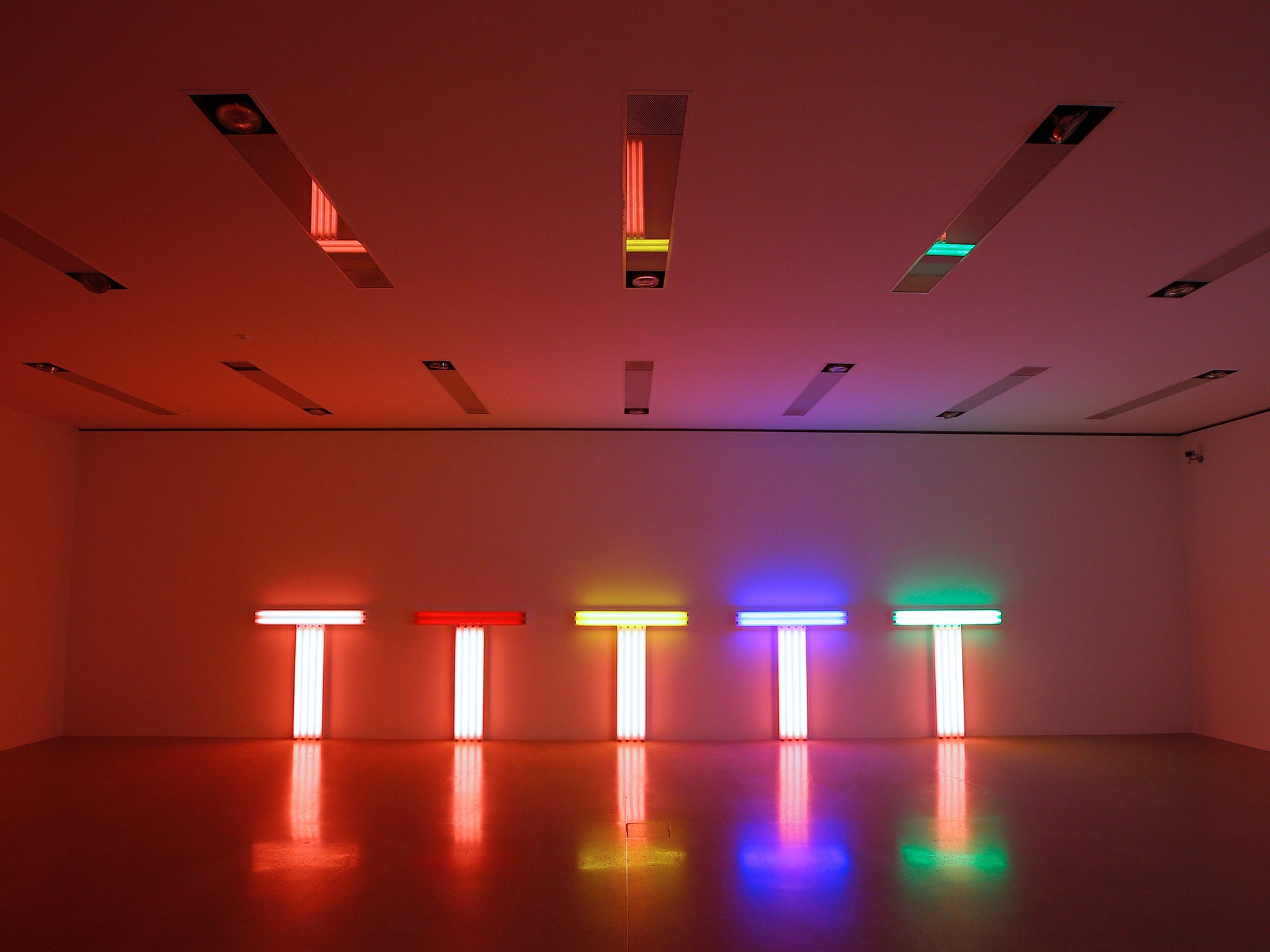
The new gallery will be at 540 west 21st Street, part of a project that is being developed by the investor Uri Chaitchik of Casco Development. The gallery will be connected to Casco’s residential tower, but it will be a separate structure, with three floors of galleries.
The precise design has yet to be determined – Piano is in the early stages of the process. But it is likely to have a similarly spare aesthetic to Zwirner’s current spaces, by Annabelle Selldorf. Although he loves his Selldorf spaces – and the architect is a friend – he went with Piano on this project, Zwirner says, because he was the developer’s choice.
So far, Zwirner says, he has enjoyed working with Piano, whom he described as “one of my great heroes,” having admired his designs for museums like the Menil Collection in Houston, the Morgan Library & Museum renovation and the Beyeler Foundation in Basel, Switzerland.
Because this is Piano’s first commercial gallery, Zwirner said, “I have to remind him we don’t need coat checks, we don’t need ticket booths and the size of the lobby doesn’t have to be quite that large.”
Piano says he will seek to establish “a visual psychological connection between the building and the street,” as he did with the Whitney Museum of American Art in the meatpacking district.
“There is a porosity,” Piano says. “In this building, it will be the same thing. Its very important.”
Piano’s museums have been acclaimed for balancing a focus on the art with architectural distinction. “You kill art by making just white boxes, so you need to integrate emotion in some way,” he says. “You cannot be neutral, because otherwise you disappear.”
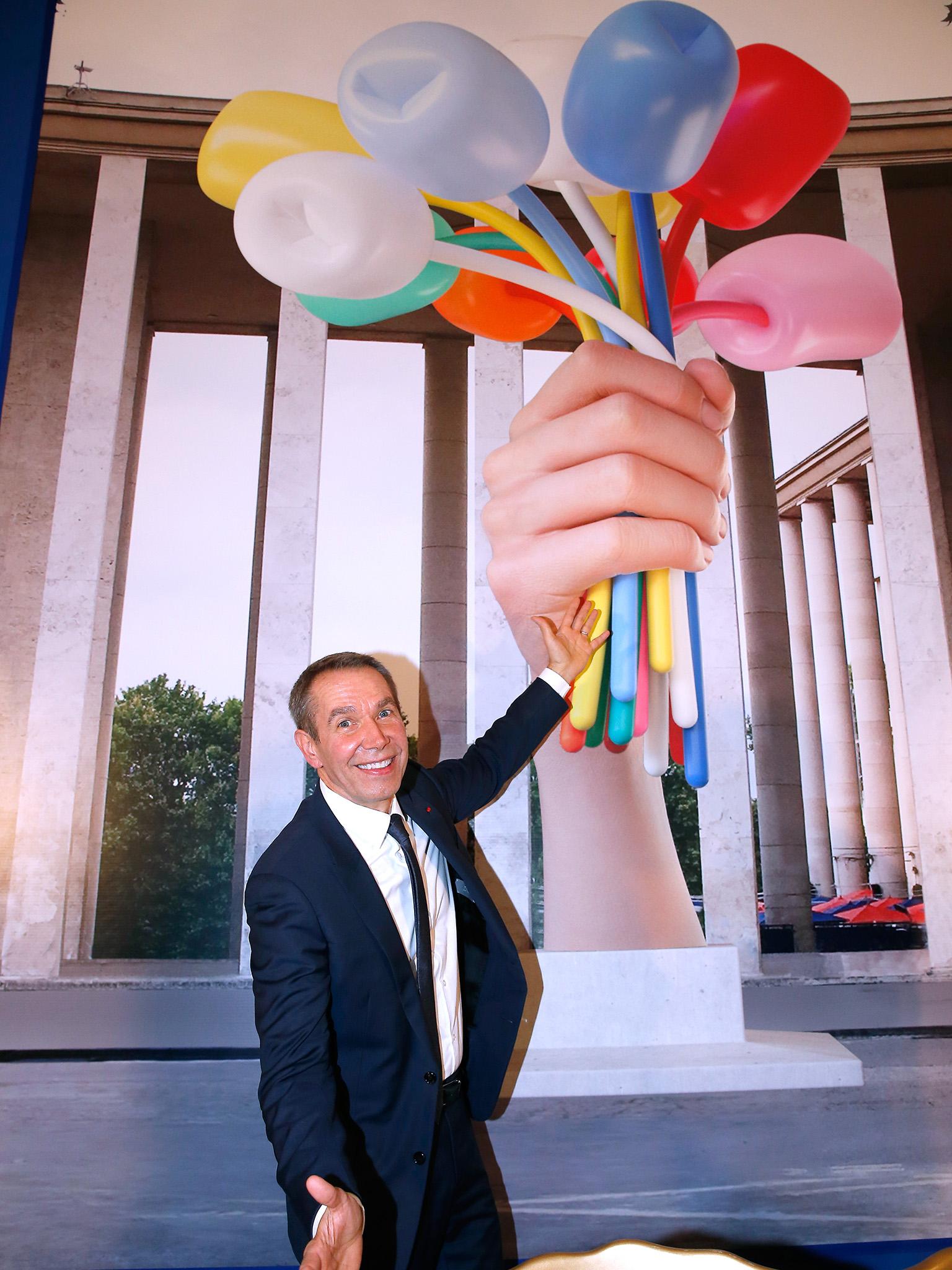
Groundbreaking is to take place this spring. Meanwhile, to celebrate its quarter-century, Zwirner Gallery has invited all of its artists to contribute a work for an exhibition that opens this weekend. The show will occupy all the gallery spaces in Chelsea.
The show will include new work by established artists like Richard Serra and On Kawara, as well as work by artists like Gordon Matta-Clark. Some pieces are being lent from museums and much of it will not be for sale.
Zwirner says his favourite in the show is a diagonal slash of fluorescent by the lighting artist Flavin, which the dealer described as “an icon of minimalism”.
To watch Zwirner flip through a binder holding images of the works is to travel through the last 25 years of modern and contemporary art, accompanied by quick bits on their historical importance from Zwirner, whose father, Rudolf, was a prominent European dealer.
To critics who question the corporate nature of Zwirner’s operation, Zwirner said they have only to look to the art – namely the acclaimed exhibitions the gallery has presented in just the last year – like the show of Yayoi Kusama’s Infinity Rooms that had people lining up around the block in the cold; the exhibition of Alice Neel’s paintings and drawings; and the quirky installations of Gonzalez-Torres.
“The reputation is in the quality of the shows that we put up,” Zwirner says. “You can say a lot of things about the gallery, but what do you say about the shows?”
Zwirner can’t help but look back fondly on starting out with 1,600 square feet on Greene Street in SoHo, where he opened in 1993, with the sculpture of Franz West, whose heirs recently decided to return to Zwirner. There was a Friedrich air-conditioner in the window and barely any heat.
“There was a simplicity in the early days that was charming,” Zwirner says. “The transition from what was classically a mom-and-pop operation to a global business – it’s much more complicated.”
‘Bridget Riley, Recent Paintings 2014-2017 is at David Zwirner in London from 19 January to 10 March (www.davidzwirner.com)
© New York Times
Join our commenting forum
Join thought-provoking conversations, follow other Independent readers and see their replies
Comments